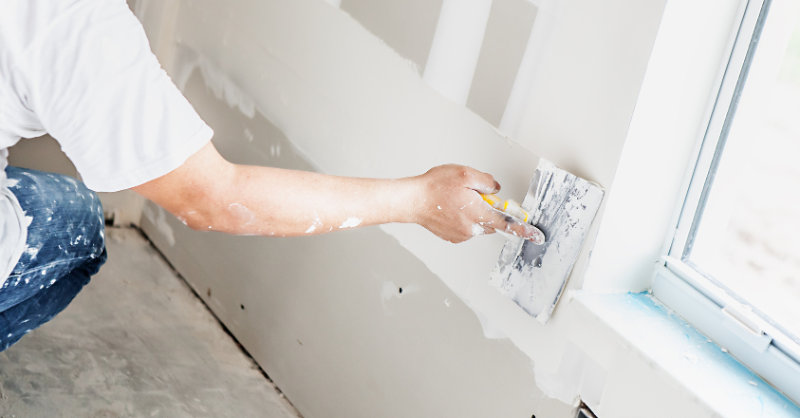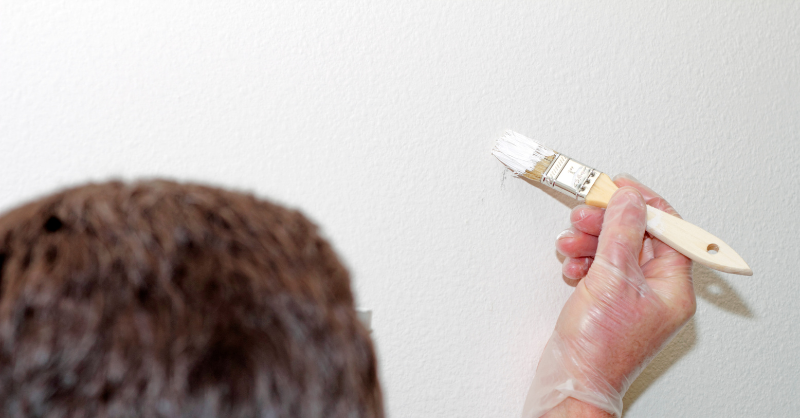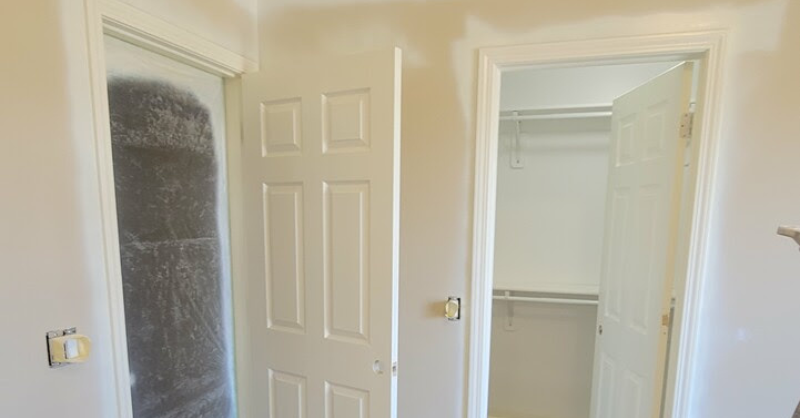-Sep-24-2024-06-25-26-6885-PM.png?width=800&height=418&name=Blog%20Post%20Image%20Size%20(8)-Sep-24-2024-06-25-26-6885-PM.png)
It can happen out of the blue, you think you're tossing your smartphone onto the table but somehow your strength is greater than anticipated and it goes flying against the wall and suddenly, there it is, a crack in the wall.
It could also just happen from the way your house is sitting on its foundation, the way that it settles over time could very well cause a crack in the plaster.
You may think all hope is lost but that's not the case, there are things you can do to get the cracks in your plaster repaired.
At Brush & Roll Painting, we have experience since 1996 transforming Omaha homes. Not only can we restore the integrity of your walls but also enhance their aesthetic appeal. Our expertise guarantees that plastered repairs are durable and long-lasting, giving you peace of mind and a beautifully finished surface.
In this article, we will give you tips to restore your walls to their former glory. Whether the damage is due to an accidental impact or the natural settling of your home, our expert tips will guide you through the repair process. By reading this article, you can ensure that your plaster repairs are not only effective but also aesthetically pleasing, giving your walls a new lease on life.
5 Wall Plaster Repair Tips
1. You Can Improve The Repair By Opening The Crack First
It may seem odd that one would have to possibly open up the crack in their plaster to improve it, but this is often the case.
Since you will be using a joint compound to do some of the repair on your plaster wall, opening up the crack a bit will help in the repair process.
Once you have opened up the crack in the plaster just a little -- you don't want to open it up too much, after all -- you will want to clean up the dust that showers down from you opening of the crack.
-4.png?width=597&height=312&name=Blog%20Post%20Image%20Size%20(9)-4.png)
2. Do Not Wait After Spreading Joint Compound To Apply Drywall Tape
Though in general, there's not much of what one would call a time crunch in the repair process, applying the drywall tape is not one of them.
You will want to apply the drywall tape that is the next step in the repair process shortly after spreading the joint compound -- a thin layer, that is to say -- over the entirety of the cracked section of the wall.
One thing you can do in order to make sure there is as little delay as possible between applying the joint compound and putting on the drywall tape is to pre-measure and cut the tape.
3. Joint Compound Over The Tape Should Go Beyond The Tape Itself
After you put the drywall tape over the crack in the plaster and flatten it with your utility knife, you will want to apply a layer of joint compound over the tape -- but you should apply it beyond the edges of the tape itself.
The coverage of the tape will benefit from the joint compound being spread over not just the tape but past the tape itself.
Before you sand the surface of the joint compound that you have applied, you will want to allow the compound to fully dry.
You don't need to sand so hard that you actually are touching upon the underlying tape, but it would be helpful to get down the ridges that come up from the joint compound.
4. A Third Layer Of Joint Compound Will Be Helpful
As good as you have it with the two layers of joint compound, it's going to be considerably stronger and more durable if you apply a third layer of joint compound. This additional layer not only reinforces the previous layers but also ensures a smoother and more seamless finish, which is crucial for the longevity and appearance of your repair. By applying this third layer, you are essentially fortifying the wall, making it more resistant to future cracks and damage.
You will be applying the joint compound even further than the last time, extending it beyond the previous layers to create a more gradual transition between the repaired area and the rest of the wall. This helps in blending the repair more effectively with the surrounding surface. After applying this third layer, you will once again need to lightly sand it, making sure to smooth out any ridges or imperfections without sanding down to the tape layer. This careful sanding process is essential to achieve a professional-looking finish that will be ready for priming and painting.

5. Prime And Paint Plastered Wall
The last thing you're going to want to do once you've cleaned up from sanding the third layer of joint compound is to prime and paint.
People will often skip right over the prime step in the painting process after having repaired the crack in the plaster but it's just as important after this sort of thing as when you are just painting a wall for the first time.
Primer still will help the paint adhere to the surface much better than if you do not first apply it -- and it gets the paint job to last considerably longer as well.
Repairing Your Plaster Walls
We hope you have found these tips helpful on how to effectively repair these cracks, ensuring a durable and aesthetically pleasing finish. However, if the task seems daunting or you want a professional touch, hiring a painter can save you time and ensure the job is done right.
At Brush & Roll Painting, we bring decades of experience to every project, having transformed Omaha homes since 1996. Our expertise in plaster repair and painting ensures that your walls not only regain their structural integrity but also look better than ever. We pride ourselves on delivering high-quality, long-lasting results that enhance the beauty of your home.
For those considering hiring a professional, we encourage you to download your ultimate guide to hiring a painter. This comprehensive resource will help you make an informed decision, covering everything from selecting the right painter to understanding the costs involved. Don't leave your home improvement projects to chance—get the expert advice you need to ensure a flawless finish.
Bill is the owner and operator of Brush & Roll Painting. Bill Carlson is a second-generation painter. He grew up working with his father’s painting and restoration company. After graduating from Bennington High School, he served in the US Navy, traveling with the boxing team. While this was a great opportunity to see the world, it also made him realize how much he loved his little world here in Nebraska. He settled back into the painting industry, working with his brother. It wasn’t long before Bill’s entrepreneurial spirit pushed him to start his own business. Always one for a challenge, he longed to prove to himself that he could be as successful on his own as both his dad and brother were.
Topics:












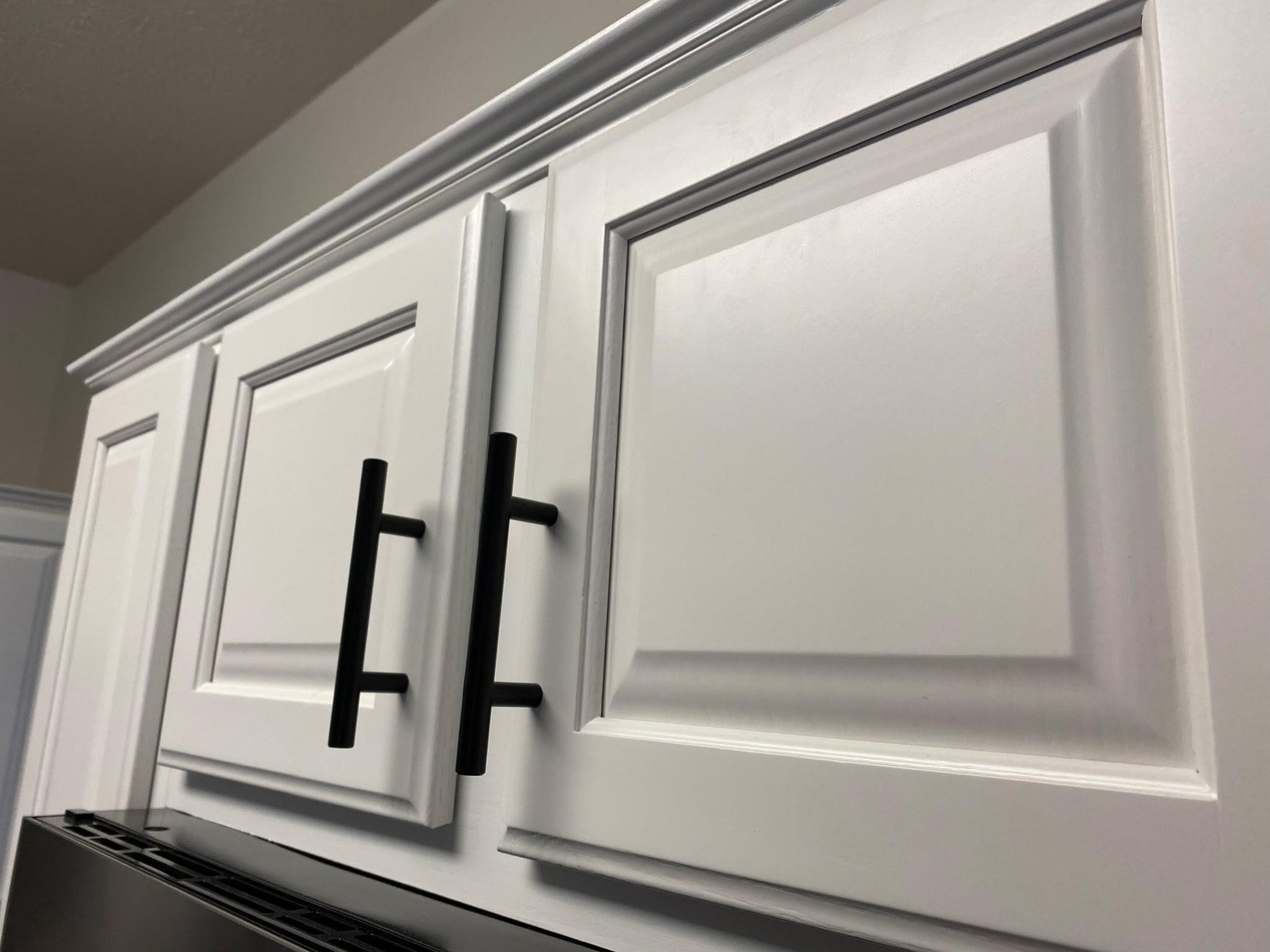
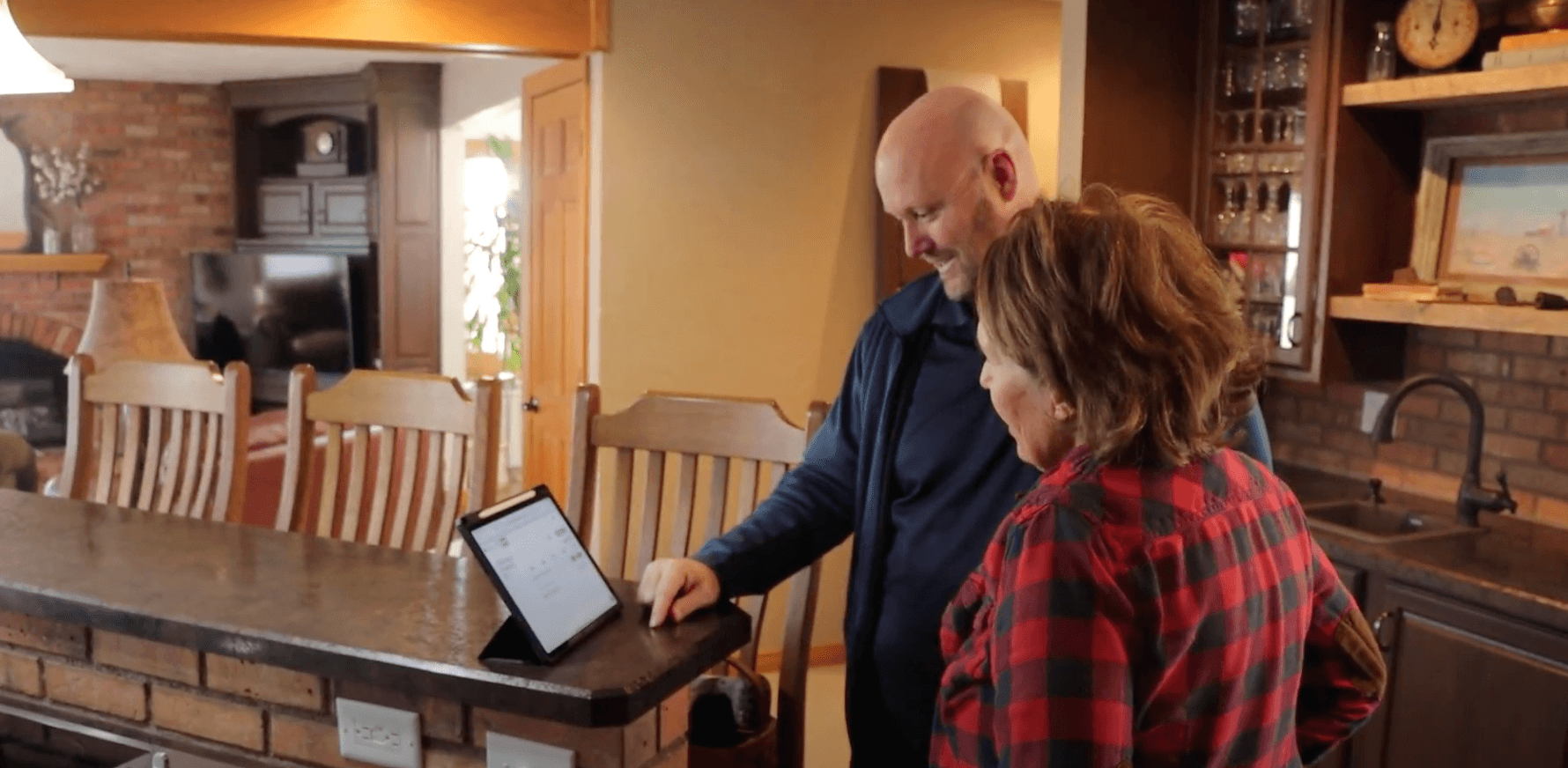
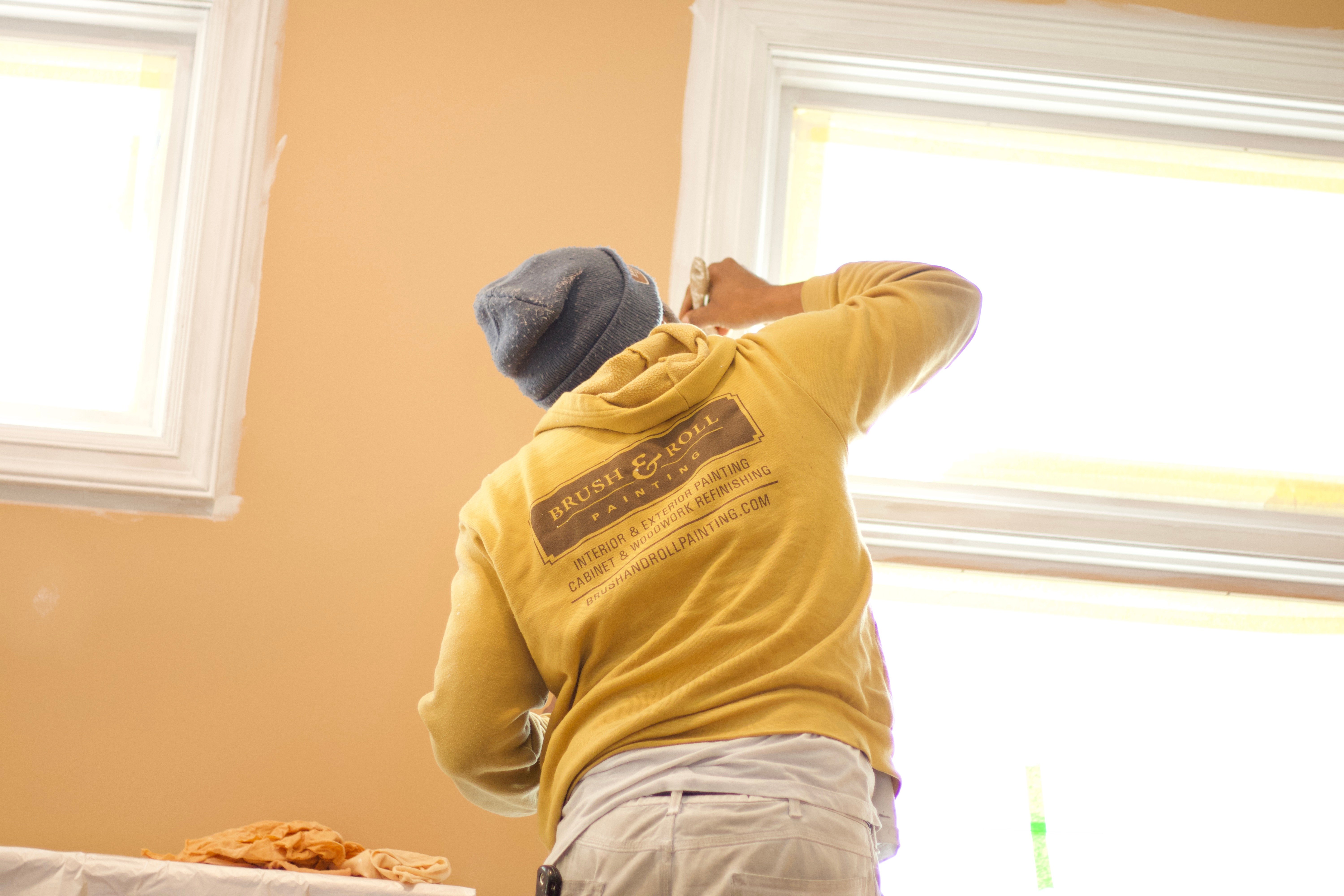
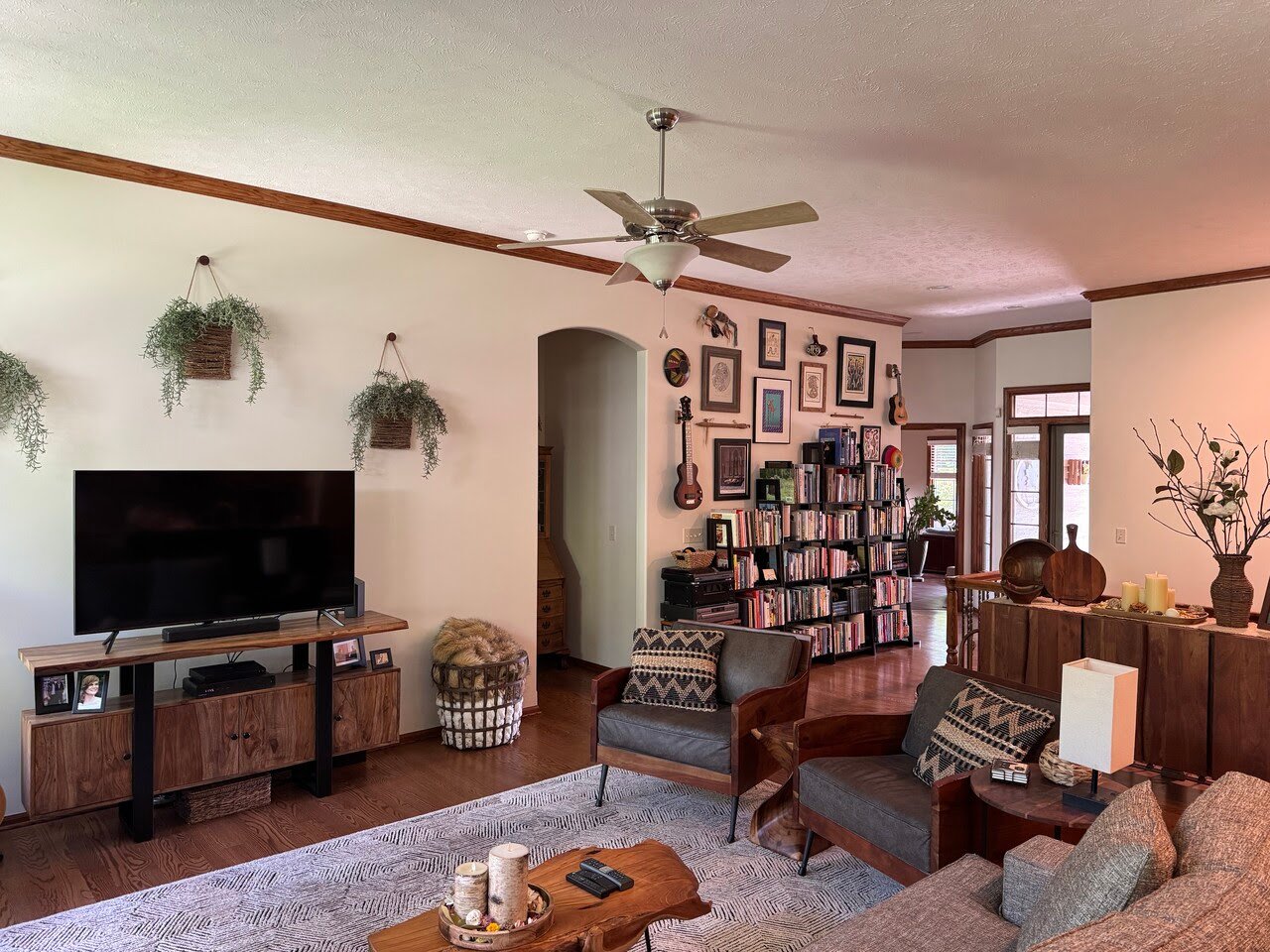
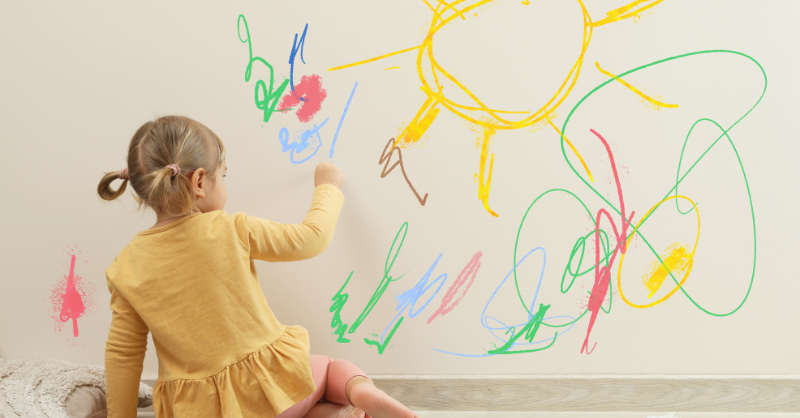
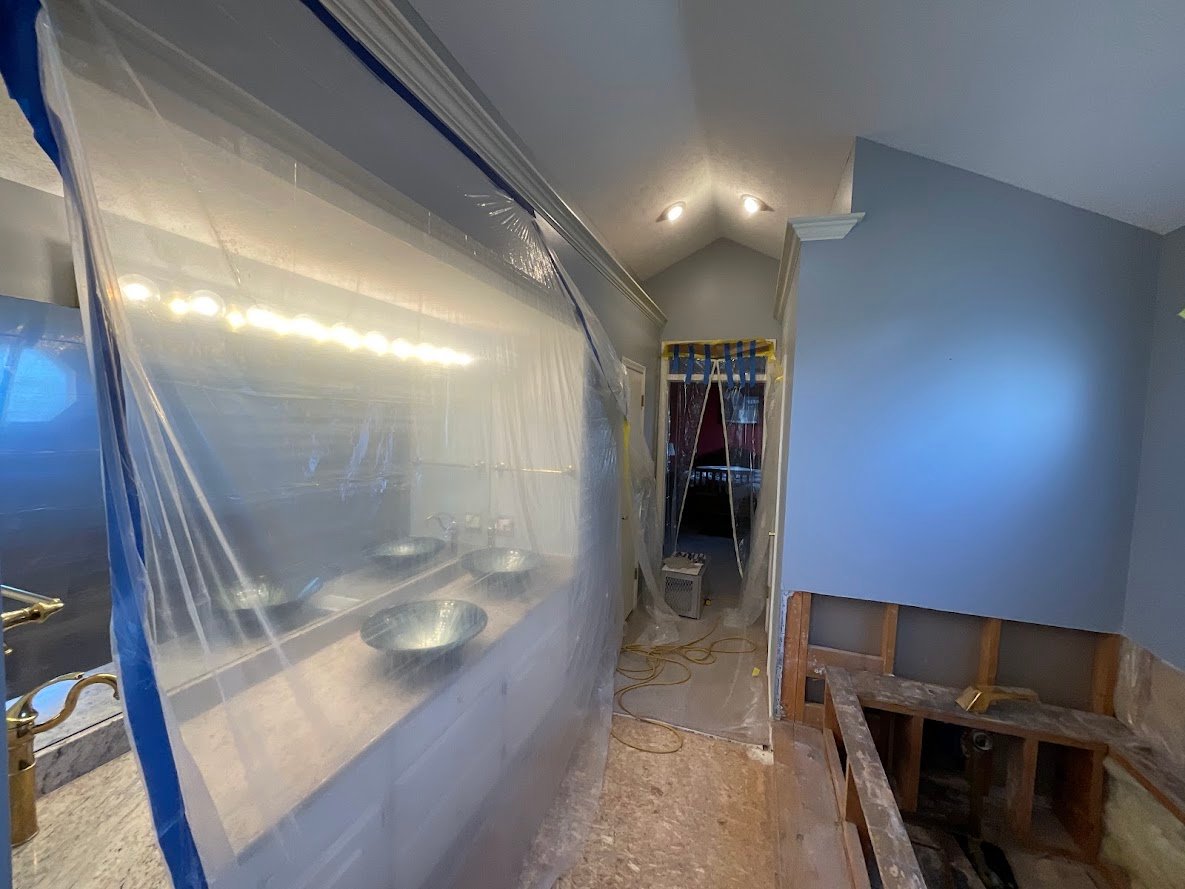
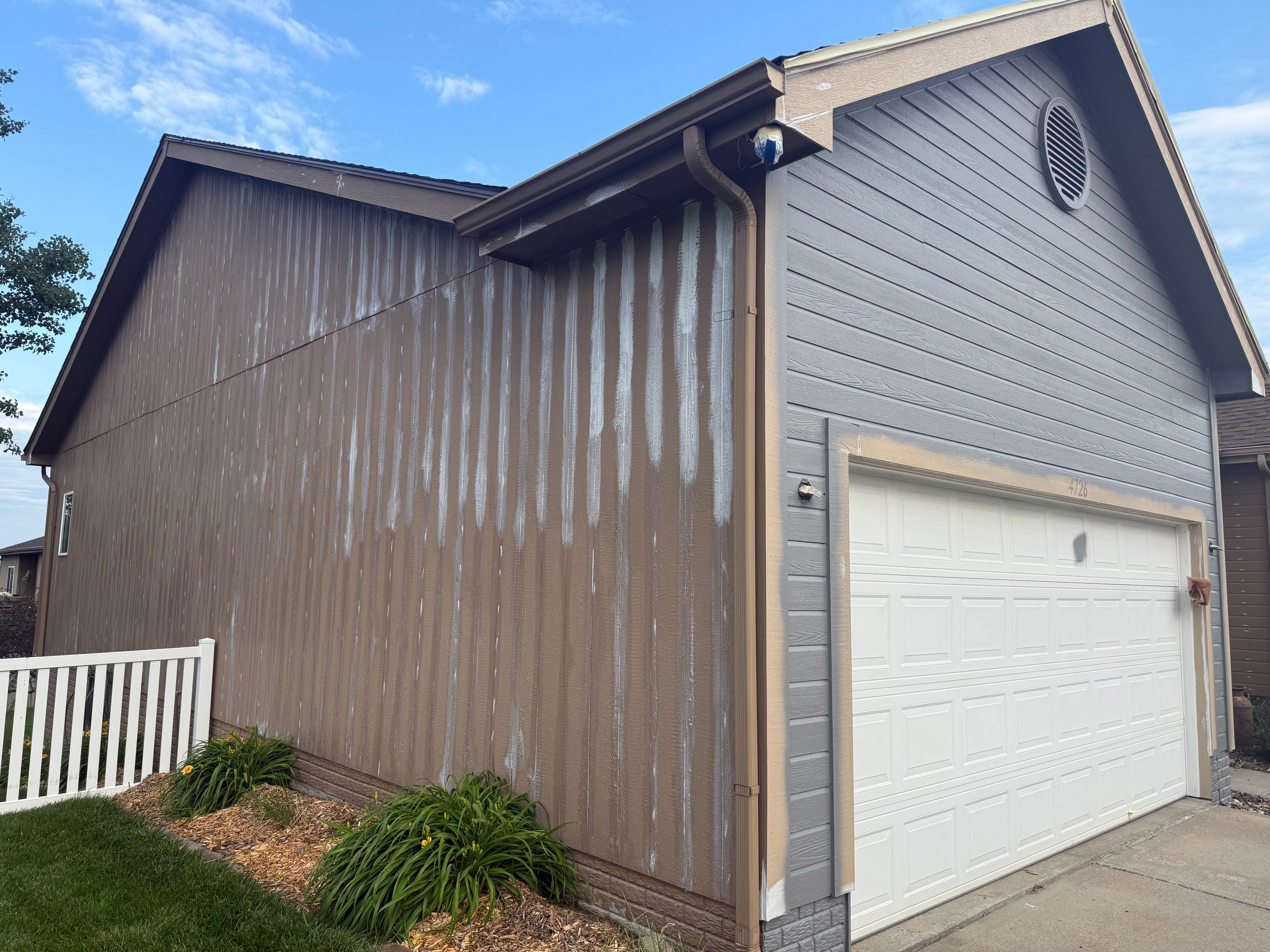
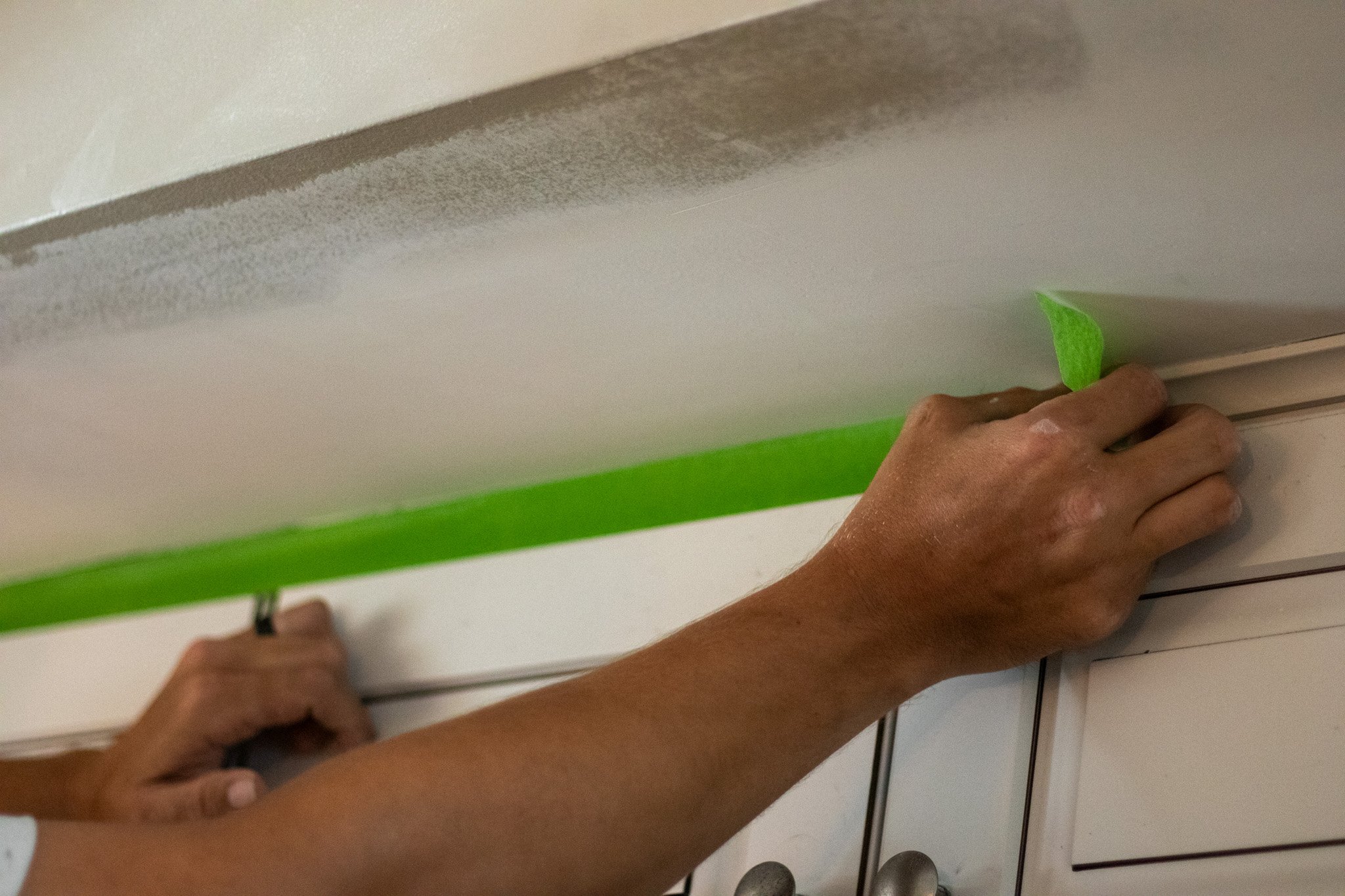
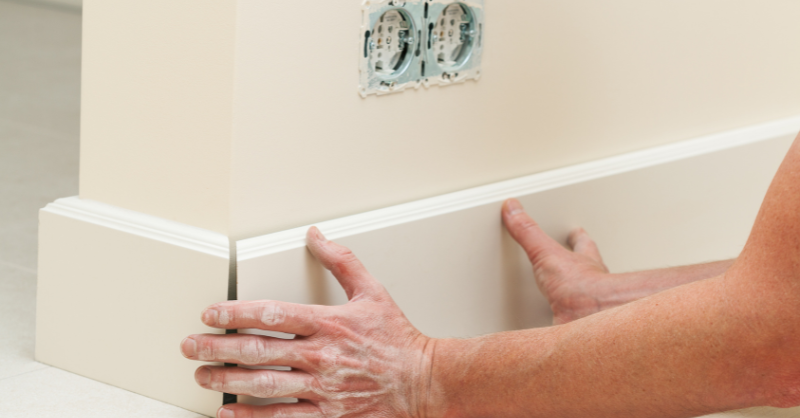
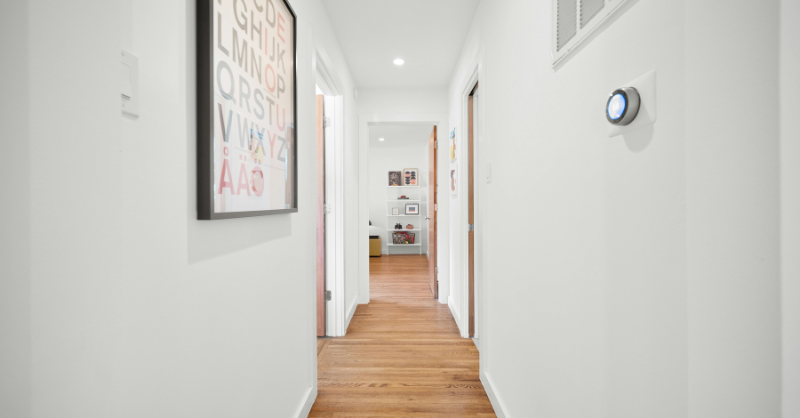
-1.jpg?width=1280&height=721&name=Havens%20after%204%20(1)-1.jpg)
